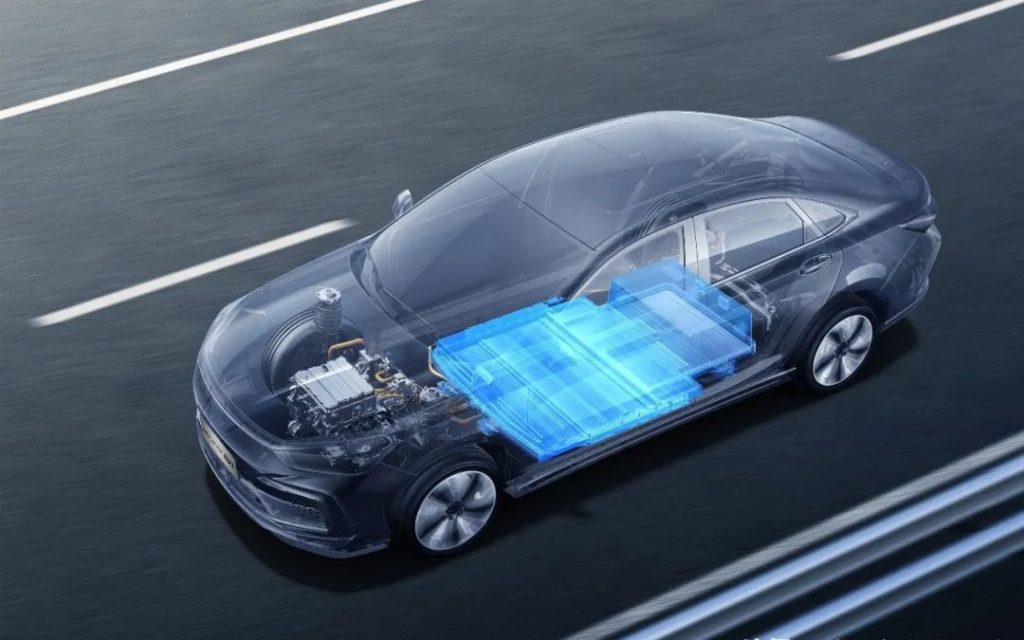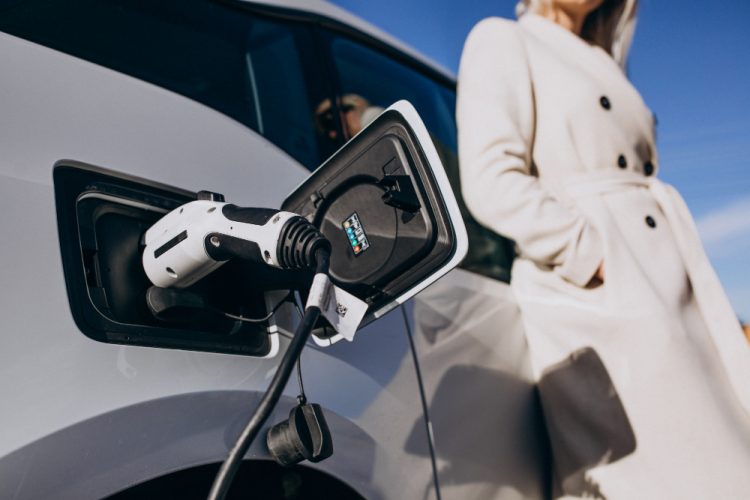Introduction
The electric vehicle (EV) market has seen remarkable growth over the past decade, driven by advances in battery technology, infrastructure development, and an increasing global commitment to sustainability. However, despite this progress, two major challenges continue to dominate the conversation around EVs: charging and range.
While many EVs on the market today can travel hundreds of miles on a single charge, the fear of range anxiety and the time-consuming nature of recharging continue to be barriers to widespread adoption. As a result, the search for the next breakthroughs in EV technology is focused on extending driving range and accelerating charging speeds—both of which have the potential to reshape the way we think about electric mobility.
This article explores where the next technological breakthroughs in EVs might lie, particularly in the areas of charging infrastructure and battery range, and how these advancements could revolutionize the electric vehicle industry.
1. The Evolution of EV Charging Technology
A. Current Charging Challenges
One of the primary concerns surrounding electric vehicles is the time it takes to charge them. Unlike traditional vehicles that can be refueled in a few minutes, electric vehicles typically take hours to fully charge, depending on the type of charger used. Charging infrastructure is also unevenly distributed, making long-distance travel difficult in some regions.
EV charging is categorized into three levels:
- Level 1: Standard 120-volt home outlets (slow charging, taking up to 24 hours for a full charge)
- Level 2: 240-volt outlets, typically found in homes or public charging stations (faster, charging a car in about 4-8 hours)
- Level 3 (DC Fast Charging): High-speed charging stations that can charge a car in 30 minutes to an hour (ideal for public charging stations)
Despite these advancements, issues like long charging times and the limited availability of fast chargers are still significant obstacles for many potential EV owners.
B. The Future of Charging: Faster, Smarter, and More Accessible
1. Ultra-Fast Charging Technology
A significant leap forward in EV technology will come from ultra-fast charging. Companies like Tesla, Porsche, and Volkswagen are working on developing charging solutions that can deliver much higher speeds than current DC fast chargers. These chargers will not only significantly reduce charging times but also create a more convenient, seamless experience for drivers.
For example, 500 kW charging stations are currently in development and could charge an EV in as little as 10-15 minutes, rivaling the time it takes to refuel a traditional gasoline vehicle. If this technology becomes widely available, it could eliminate range anxiety and make EVs as practical for long-distance travel as their gasoline counterparts.
2. Wireless Charging (Inductive Charging)
Another innovative area of research is wireless charging. Just as we now wirelessly charge our smartphones, future electric vehicles could benefit from similar technology. Inductive charging pads embedded in roads or charging stations could allow EVs to charge simply by driving over them, eliminating the need for physical plug-in connections.
This plugless solution would make charging more accessible and user-friendly, especially in urban areas where parking space may be limited. Some automakers are already experimenting with wireless charging prototypes, though widespread implementation is still years away.
3. Battery Swap Stations: A New Approach to Charging
Another concept that is gaining traction, especially in countries like China and Israel, is the idea of battery swapping. Rather than waiting for an EV battery to charge, drivers could simply drive into a designated station, where their depleted battery is swapped with a fully charged one in just a few minutes. This technology would significantly reduce downtime and could be especially useful for ride-sharing services or fleet operators.
While the infrastructure requirements for battery swapping are substantial, if deployed on a large scale, it could provide an entirely new way to address EV charging challenges.
2. Revolutionizing EV Range: Beyond Lithium-Ion Batteries
A. The Limits of Lithium-Ion Batteries
Most electric vehicles today rely on lithium-ion batteries (Li-ion) to power their electric motors. While these batteries have served as a reliable solution for the past decade, they are not without their limitations:
- Energy Density: The amount of energy stored per unit of weight is still limited, meaning batteries need to be larger and heavier to achieve longer ranges.
- Charging Speed: Lithium-ion batteries can only be charged so quickly before they risk degradation or overheating.
- Resource Constraints: The production of lithium-ion batteries relies on rare earth elements like lithium, cobalt, and nickel, which are subject to supply chain constraints and environmental concerns regarding mining practices.
As a result, the search for next-generation battery technologies is intensifying.
B. Next-Generation Battery Technologies
1. Solid-State Batteries
Solid-state batteries represent one of the most promising advancements in EV technology. Unlike traditional lithium-ion batteries, which use a liquid electrolyte, solid-state batteries use a solid electrolyte. This innovation could offer several benefits:
- Higher Energy Density: Solid-state batteries can store more energy in a smaller and lighter package, potentially increasing the driving range of EVs by up to 50-100%.
- Faster Charging: These batteries can handle faster charging rates without the risk of overheating, reducing charging times.
- Improved Safety: Solid-state batteries are less prone to catching fire compared to liquid-based lithium-ion batteries, making them a safer option for consumers.
Companies like Toyota, QuantumScape, and BMW are actively researching and developing solid-state batteries, with some even aiming for mass production within the next 5-10 years.
2. Lithium-Sulfur Batteries
Another promising battery technology is lithium-sulfur (Li-S) batteries. These batteries offer higher theoretical energy density than lithium-ion batteries and are lighter, which could extend the driving range of EVs. Furthermore, sulfur is abundant and inexpensive, making this technology more sustainable and cost-effective in the long term.
Li-S batteries are still in the experimental stage and face challenges in terms of longevity and cycle life. However, advances in materials science could soon overcome these barriers.
3. Sodium-Ion Batteries
Sodium-ion batteries are another alternative to lithium-ion technology. Sodium, unlike lithium, is much more abundant and cheaper to extract, making it a promising candidate for more sustainable and affordable EV batteries. Sodium-ion batteries, however, are still in the early stages of development and face hurdles in terms of energy density and cycle stability compared to lithium-ion options.
If breakthroughs can be made in the development of sodium-ion batteries, they could provide a more sustainable solution for electric vehicles.

3. The Impact of Charging and Range Breakthroughs on the EV Market
A. Expanding EV Accessibility
As charging technologies evolve and battery range improves, electric vehicles will become more accessible to a broader range of consumers. Longer ranges and faster charging times will make EVs a viable option for people in rural areas, as well as for those who drive long distances regularly. The convenience of fast-charging networks and the prospect of a fully charged vehicle in under 30 minutes will eliminate many of the current barriers to EV adoption.
Moreover, the ability to drive an EV for 300-500 miles on a single charge will open up new possibilities for road trips, long-distance commutes, and even freight transportation, all of which have historically relied on gasoline and diesel-powered vehicles.
B. Accelerating Global EV Adoption
The improved charging infrastructure and enhanced driving range will be key drivers for the global adoption of electric vehicles. Consumers are already motivated by the environmental and cost-saving benefits of EVs, and as these two critical issues are addressed, EVs will become more attractive and practical for a wider demographic.
Governments, car manufacturers, and energy providers must collaborate to ensure the rapid deployment of ultra-fast charging networks and the seamless integration of smart grids that can support these next-generation technologies.
4. Conclusion
The future of electric vehicles is undeniably promising, with breakthrough technologies in charging speed and battery range poised to revolutionize the industry. From ultra-fast charging stations to solid-state batteries and wireless charging, these innovations will not only solve the practical challenges of range anxiety and long wait times at charging stations, but also contribute to a cleaner, greener transportation future.
As the EV market evolves, we will likely see more sustainable, faster, and more efficient vehicles on the road, creating a more connected and energy-efficient future. Ultimately, the success of these breakthroughs will depend on continued research, collaboration across sectors, and policy support, which will enable the electric vehicle industry to reach its full potential and accelerate the transition to a low-carbon world.











































